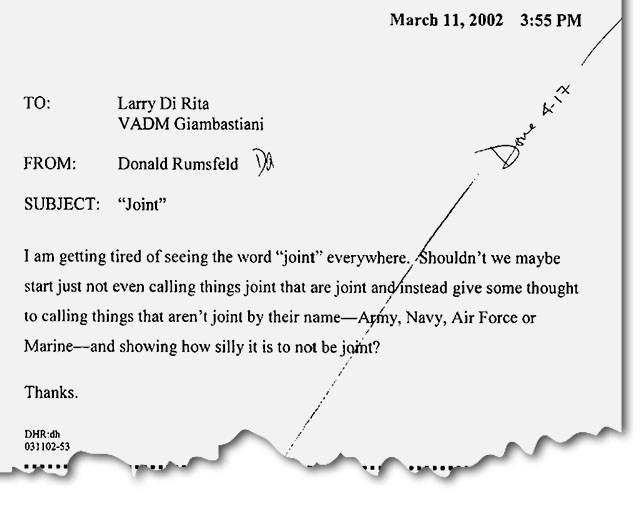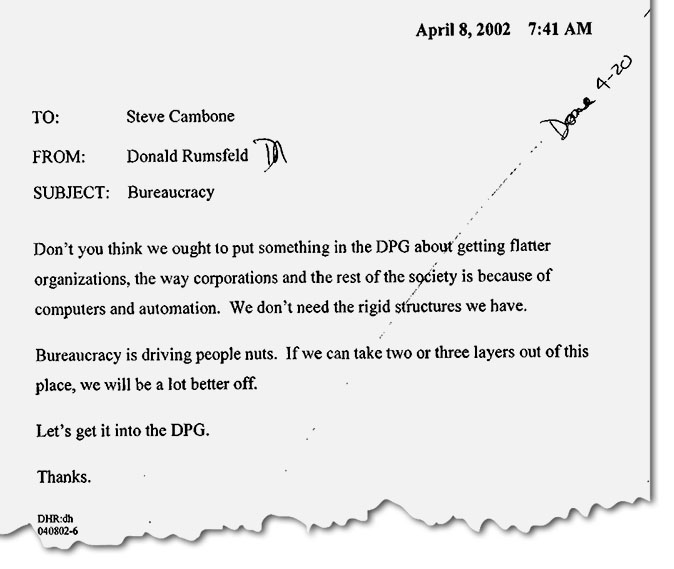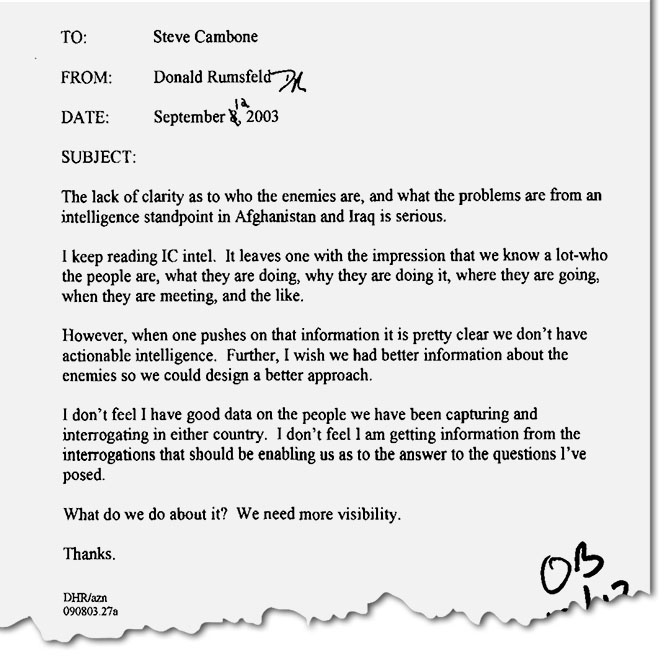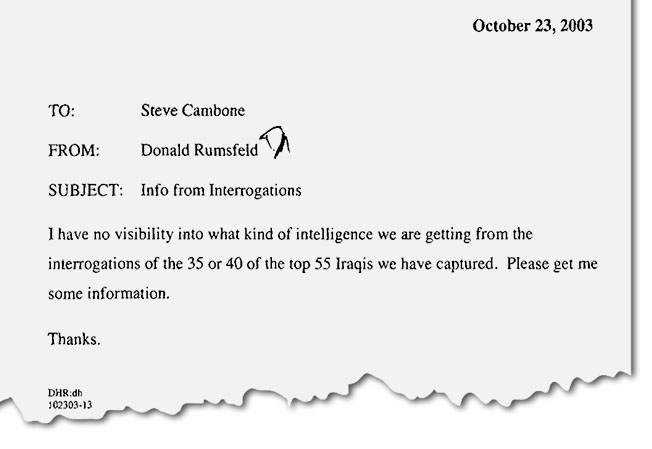A big hat tip to Molly Ball for her work on this. This is a very long read. But you will cheat yourself if you don’t read the whole essay and take notes. If you really want to understand the players, the manual and the machine, the timelines and the money and most of all where the power was/is along with all that was mobilized, read on.

Warning: Anita Gupta now works for Biden at the Justice Department. It is remarkable how media and democrat operatives are so aggressive in defending the election results. It actually comes down to exposure….have your pen and paper handy.
As Trump said, this can never happen again and there is little time left from now to the mid-term election. When Mark Zuckerberg dishes out $400 million for election aid when the Federal government already has big money allocated for that, bigger questions surface. Did any of Zuckerburg’s money pay off judges?
TIME: A weird thing happened right after the Nov. 3 election: nothing.
The nation was braced for chaos. Liberal groups had vowed to take to the streets, planning hundreds of protests across the country. Right-wing militias were girding for battle. In a poll before Election Day, 75% of Americans voiced concern about violence.
Instead, an eerie quiet descended. As President Trump refused to concede, the response was not mass action but crickets. When media organizations called the race for Joe Biden on Nov. 7, jubilation broke out instead, as people thronged cities across the U.S. to celebrate the democratic process that resulted in Trump’s ouster.
A second odd thing happened amid Trump’s attempts to reverse the result: corporate America turned on him. Hundreds of major business leaders, many of whom had backed Trump’s candidacy and supported his policies, called on him to concede. To the President, something felt amiss. “It was all very, very strange,” Trump said on Dec. 2. “Within days after the election, we witnessed an orchestrated effort to anoint the winner, even while many key states were still being counted.”
In a way, Trump was right.

There was a conspiracy unfolding behind the scenes, one that both curtailed the protests and coordinated the resistance from CEOs. Both surprises were the result of an informal alliance between left-wing activists and business titans. The pact was formalized in a terse, little-noticed joint statement of the U.S. Chamber of Commerce and AFL-CIO published on Election Day. Both sides would come to see it as a sort of implicit bargain–inspired by the summer’s massive, sometimes destructive racial-justice protests–in which the forces of labor came together with the forces of capital to keep the peace and oppose Trump’s assault on democracy.
The handshake between business and labor was just one component of a vast, cross-partisan campaign to protect the election–an extraordinary shadow effort dedicated not to winning the vote but to ensuring it would be free and fair, credible and uncorrupted. For more than a year, a loosely organized coalition of operatives scrambled to shore up America’s institutions as they came under simultaneous attack from a remorseless pandemic and an autocratically inclined President. Though much of this activity took place on the left, it was separate from the Biden campaign and crossed ideological lines, with crucial contributions by nonpartisan and conservative actors. The scenario the shadow campaigners were desperate to stop was not a Trump victory. It was an election so calamitous that no result could be discerned at all, a failure of the central act of democratic self-governance that has been a hallmark of America since its founding.
Their work touched every aspect of the election. They got states to change voting systems and laws and helped secure hundreds of millions in public and private funding. They fended off voter-suppression lawsuits, recruited armies of poll workers and got millions of people to vote by mail for the first time. They successfully pressured social media companies to take a harder line against disinformation and used data-driven strategies to fight viral smears. They executed national public-awareness campaigns that helped Americans understand how the vote count would unfold over days or weeks, preventing Trump’s conspiracy theories and false claims of victory from getting more traction. After Election Day, they monitored every pressure point to ensure that Trump could not overturn the result. “The untold story of the election is the thousands of people of both parties who accomplished the triumph of American democracy at its very foundation,” says Norm Eisen, a prominent lawyer and former Obama Administration official who recruited Republicans and Democrats to the board of the Voter Protection Program.
For Trump and his allies were running their own campaign to spoil the election. The President spent months insisting that mail ballots were a Democratic plot and the election would be “rigged.” His henchmen at the state level sought to block their use, while his lawyers brought dozens of spurious suits to make it more difficult to vote–an intensification of the GOP’s legacy of suppressive tactics. Before the election, Trump plotted to block a legitimate vote count. And he spent the months following Nov. 3 trying to steal the election he’d lost–with lawsuits and conspiracy theories, pressure on state and local officials, and finally summoning his army of supporters to the Jan. 6 rally that ended in deadly violence at the Capitol.
The democracy campaigners watched with alarm. “Every week, we felt like we were in a struggle to try to pull off this election without the country going through a real dangerous moment of unraveling,” says former GOP Representative Zach Wamp, a Trump supporter who helped coordinate a bipartisan election-protection council. “We can look back and say this thing went pretty well, but it was not at all clear in September and October that that was going to be the case.”
This is the inside story of the conspiracy to save the 2020 election, based on access to the group’s inner workings, never-before-seen documents and interviews with dozens of those involved from across the political spectrum. It is the story of an unprecedented, creative and determined campaign whose success also reveals how close the nation came to disaster. “Every attempt to interfere with the proper outcome of the election was defeated,” says Ian Bassin, co-founder of Protect Democracy, a nonpartisan rule-of-law advocacy group. “But it’s massively important for the country to understand that it didn’t happen accidentally. The system didn’t work magically. Democracy is not self-executing.”
That’s why the participants want the secret history of the 2020 election told, even though it sounds like a paranoid fever dream–a well-funded cabal of powerful people, ranging across industries and ideologies, working together behind the scenes to influence perceptions, change rules and laws, steer media coverage and control the flow of information. They were not rigging the election; they were fortifying it. And they believe the public needs to understand the system’s fragility in order to ensure that democracy in America endures.
THE ARCHITECT
Sometime in the fall of 2019, Mike Podhorzer became convinced the election was headed for disaster–and determined to protect it.
This was not his usual purview. For nearly a quarter-century, Podhorzer, senior adviser to the president of the AFL-CIO, the nation’s largest union federation, has marshaled the latest tactics and data to help its favored candidates win elections. Unassuming and professorial, he isn’t the sort of hair-gelled “political strategist” who shows up on cable news. Among Democratic insiders, he’s known as the wizard behind some of the biggest advances in political technology in recent decades. A group of liberal strategists he brought together in the early 2000s led to the creation of the Analyst Institute, a secretive firm that applies scientific methods to political campaigns. He was also involved in the founding of Catalist, the flagship progressive data company.
The endless chatter in Washington about “political strategy,” Podhorzer believes, has little to do with how change really gets made. “My basic take on politics is that it’s all pretty obvious if you don’t overthink it or swallow the prevailing frameworks whole,” he once wrote. “After that, just relentlessly identify your assumptions and challenge them.” Podhorzer applies that approach to everything: when he coached his now adult son’s Little League team in the D.C. suburbs, he trained the boys not to swing at most pitches–a tactic that infuriated both their and their opponents’ parents, but won the team a series of championships.
Trump’s election in 2016–credited in part to his unusual strength among the sort of blue collar white voters who once dominated the AFL-CIO–prompted Podhorzer to question his assumptions about voter behavior. He began circulating weekly number-crunching memos to a small circle of allies and hosting strategy sessions in D.C. But when he began to worry about the election itself, he didn’t want to seem paranoid. It was only after months of research that he introduced his concerns in his newsletter in October 2019. The usual tools of data, analytics and polling would not be sufficient in a situation where the President himself was trying to disrupt the election, he wrote. “Most of our planning takes us through Election Day,” he noted. “But, we are not prepared for the two most likely outcomes”–Trump losing and refusing to concede, and Trump winning the Electoral College (despite losing the popular vote) by corrupting the voting process in key states. “We desperately need to systematically ‘red-team’ this election so that we can anticipate and plan for the worst we know will be coming our way.”
It turned out Podhorzer wasn’t the only one thinking in these terms. He began to hear from others eager to join forces. The Fight Back Table, a coalition of “resistance” organizations, had begun scenario-planning around the potential for a contested election, gathering liberal activists at the local and national level into what they called the Democracy Defense Coalition. Voting-rights and civil rights organizations were raising alarms. A group of former elected officials was researching emergency powers they feared Trump might exploit. Protect Democracy was assembling a bipartisan election-crisis task force. “It turned out that once you said it out loud, people agreed,” Podhorzer says, “and it started building momentum.”
He spent months pondering scenarios and talking to experts. It wasn’t hard to find liberals who saw Trump as a dangerous dictator, but Podhorzer was careful to steer clear of hysteria. What he wanted to know was not how American democracy was dying but how it might be kept alive. The chief difference between the U.S. and countries that lost their grip on democracy, he concluded, was that America’s decentralized election system couldn’t be rigged in one fell swoop. That presented an opportunity to shore it up.
THE ALLIANCE
On March 3, Podhorzer drafted a three-page confidential memo titled “Threats to the 2020 Election.” “Trump has made it clear that this will not be a fair election, and that he will reject anything but his own re-election as ‘fake’ and rigged,” he wrote. “On Nov. 3, should the media report otherwise, he will use the right-wing information system to establish his narrative and incite his supporters to protest.” The memo laid out four categories of challenges: attacks on voters, attacks on election administration, attacks on Trump’s political opponents and “efforts to reverse the results of the election.”
Then COVID-19 erupted at the height of the primary-election season. Normal methods of voting were no longer safe for voters or the mostly elderly volunteers who normally staff polling places. But political disagreements, intensified by Trump’s crusade against mail voting, prevented some states from making it easier to vote absentee and for jurisdictions to count those votes in a timely manner. Chaos ensued. Ohio shut down in-person voting for its primary, leading to minuscule turnout. A poll-worker shortage in Milwaukee–where Wisconsin’s heavily Democratic Black population is concentrated–left just five open polling places, down from 182. In New York, vote counting took more than a month.
Suddenly, the potential for a November meltdown was obvious. In his apartment in the D.C. suburbs, Podhorzer began working from his laptop at his kitchen table, holding back-to-back Zoom meetings for hours a day with his network of contacts across the progressive universe: the labor movement; the institutional left, like Planned Parenthood and Greenpeace; resistance groups like Indivisible and MoveOn; progressive data geeks and strategists, representatives of donors and foundations, state-level grassroots organizers, racial-justice activists and others.
In April, Podhorzer began hosting a weekly 2½-hour Zoom. It was structured around a series of rapid-fire five-minute presentations on everything from which ads were working to messaging to legal strategy. The invitation-only gatherings soon attracted hundreds, creating a rare shared base of knowledge for the fractious progressive movement. “At the risk of talking trash about the left, there’s not a lot of good information sharing,” says Anat Shenker-Osorio, a close Podhorzer friend whose poll-tested messaging guidance shaped the group’s approach. “There’s a lot of not-invented-here syndrome, where people won’t consider a good idea if they didn’t come up with it.”
The meetings became the galactic center for a constellation of operatives across the left who shared overlapping goals but didn’t usually work in concert. The group had no name, no leaders and no hierarchy, but it kept the disparate actors in sync. “Pod played a critical behind-the-scenes role in keeping different pieces of the movement infrastructure in communication and aligned,” says Maurice Mitchell, national director of the Working Families Party. “You have the litigation space, the organizing space, the political people just focused on the W, and their strategies aren’t always aligned. He allowed this ecosystem to work together.”
Protecting the election would require an effort of unprecedented scale. As 2020 progressed, it stretched to Congress, Silicon Valley and the nation’s statehouses. It drew energy from the summer’s racial-justice protests, many of whose leaders were a key part of the liberal alliance. And eventually it reached across the aisle, into the world of Trump-skeptical Republicans appalled by his attacks on democracy.
SECURING THE VOTE
The first task was overhauling America’s balky election infrastructure–in the middle of a pandemic. For the thousands of local, mostly nonpartisan officials who administer elections, the most urgent need was money. They needed protective equipment like masks, gloves and hand sanitizer. They needed to pay for postcards letting people know they could vote absentee–or, in some states, to mail ballots to every voter. They needed additional staff and scanners to process ballots.
In March, activists appealed to Congress to steer COVID relief money to election administration. Led by the Leadership Conference on Civil and Human Rights, more than 150 organizations signed a letter to every member of Congress seeking $2 billion in election funding. It was somewhat successful: the CARES Act, passed later that month, contained $400 million in grants to state election administrators. But the next tranche of relief funding didn’t add to that number. It wasn’t going to be enough.
Private philanthropy stepped into the breach. An assortment of foundations contributed tens of millions in election-administration funding. The Chan Zuckerberg Initiative chipped in $300 million. “It was a failure at the federal level that 2,500 local election officials were forced to apply for philanthropic grants to fill their needs,” says Amber McReynolds, a former Denver election official who heads the nonpartisan National Vote at Home Institute.
McReynolds’ two-year-old organization became a clearinghouse for a nation struggling to adapt. The institute gave secretaries of state from both parties technical advice on everything from which vendors to use to how to locate drop boxes. Local officials are the most trusted sources of election information, but few can afford a press secretary, so the institute distributed communications tool kits. In a presentation to Podhorzer’s group, McReynolds detailed the importance of absentee ballots for shortening lines at polling places and preventing an election crisis.
The institute’s work helped 37 states and D.C. bolster mail voting. But it wouldn’t be worth much if people didn’t take advantage. Part of the challenge was logistical: each state has different rules for when and how ballots should be requested and returned. The Voter Participation Center, which in a normal year would have deployed canvassers door-to-door to get out the vote, instead conducted focus groups in April and May to find out what would get people to vote by mail. In August and September, it sent ballot applications to 15 million people in key states, 4.6 million of whom returned them. In mailings and digital ads, the group urged people not to wait for Election Day. “All the work we have done for 17 years was built for this moment of bringing democracy to people’s doorsteps,” says Tom Lopach, the center’s CEO.
The effort had to overcome heightened skepticism in some communities. Many Black voters preferred to exercise their franchise in person or didn’t trust the mail. National civil rights groups worked with local organizations to get the word out that this was the best way to ensure one’s vote was counted. In Philadelphia, for example, advocates distributed “voting safety kits” containing masks, hand sanitizer and informational brochures. “We had to get the message out that this is safe, reliable, and you can trust it,” says Hannah Fried of All Voting Is Local.
At the same time, Democratic lawyers battled a historic tide of pre-election litigation. The pandemic intensified the parties’ usual tangling in the courts. But the lawyers noticed something else as well. “The litigation brought by the Trump campaign, of a piece with the broader campaign to sow doubt about mail voting, was making novel claims and using theories no court has ever accepted,” says Wendy Weiser, a voting-rights expert at the Brennan Center for Justice at NYU. “They read more like lawsuits designed to send a message rather than achieve a legal outcome.”
In the end, nearly half the electorate cast ballots by mail in 2020, practically a revolution in how people vote. About a quarter voted early in person. Only a quarter of voters cast their ballots the traditional way: in person on Election Day.
THE DISINFORMATION DEFENSE
Bad actors spreading false information is nothing new. For decades, campaigns have grappled with everything from anonymous calls claiming the election has been rescheduled to fliers spreading nasty smears about candidates’ families. But Trump’s lies and conspiracy theories, the viral force of social media and the involvement of foreign meddlers made disinformation a broader, deeper threat to the 2020 vote.
Laura Quinn, a veteran progressive operative who co-founded Catalist, began studying this problem a few years ago. She piloted a nameless, secret project, which she has never before publicly discussed, that tracked disinformation online and tried to figure out how to combat it. One component was tracking dangerous lies that might otherwise spread unnoticed. Researchers then provided information to campaigners or the media to track down the sources and expose them.
The most important takeaway from Quinn’s research, however, was that engaging with toxic content only made it worse. “When you get attacked, the instinct is to push back, call it out, say, ‘This isn’t true,’” Quinn says. “But the more engagement something gets, the more the platforms boost it. The algorithm reads that as, ‘Oh, this is popular; people want more of it.’”
The solution, she concluded, was to pressure platforms to enforce their rules, both by removing content or accounts that spread disinformation and by more aggressively policing it in the first place. “The platforms have policies against certain types of malign behavior, but they haven’t been enforcing them,” she says.
Quinn’s research gave ammunition to advocates pushing social media platforms to take a harder line. In November 2019, Mark Zuckerberg invited nine civil rights leaders to dinner at his home, where they warned him about the danger of the election-related falsehoods that were already spreading unchecked. “It took pushing, urging, conversations, brainstorming, all of that to get to a place where we ended up with more rigorous rules and enforcement,” says Vanita Gupta, president and CEO of the Leadership Conference on Civil and Human Rights, who attended the dinner and also met with Twitter CEO Jack Dorsey and others. (Gupta has been nominated for Associate Attorney General by President Biden.) “It was a struggle, but we got to the point where they understood the problem. Was it enough? Probably not. Was it later than we wanted? Yes. But it was really important, given the level of official disinformation, that they had those rules in place and were tagging things and taking them down.”
SPREADING THE WORD
Beyond battling bad information, there was a need to explain a rapidly changing election process. It was crucial for voters to understand that despite what Trump was saying, mail-in votes weren’t susceptible to fraud and that it would be normal if some states weren’t finished counting votes on election night.
Dick Gephardt, the Democratic former House leader turned high-powered lobbyist, spearheaded one coalition. “We wanted to get a really bipartisan group of former elected officials, Cabinet secretaries, military leaders and so on, aimed mainly at messaging to the public but also speaking to local officials–the secretaries of state, attorneys general, governors who would be in the eye of the storm–to let them know we wanted to help,” says Gephardt, who worked his contacts in the private sector to put $20 million behind the effort.


%2FGettyImages-6596111491-5c2c1e0446e0fb0001254e42.jpg&f=1&nofb=1)







 It should also be noted that Anita Dunn was the top Biden campaign advisor.
It should also be noted that Anita Dunn was the top Biden campaign advisor.
